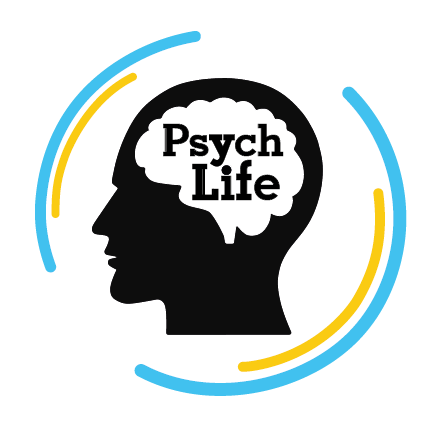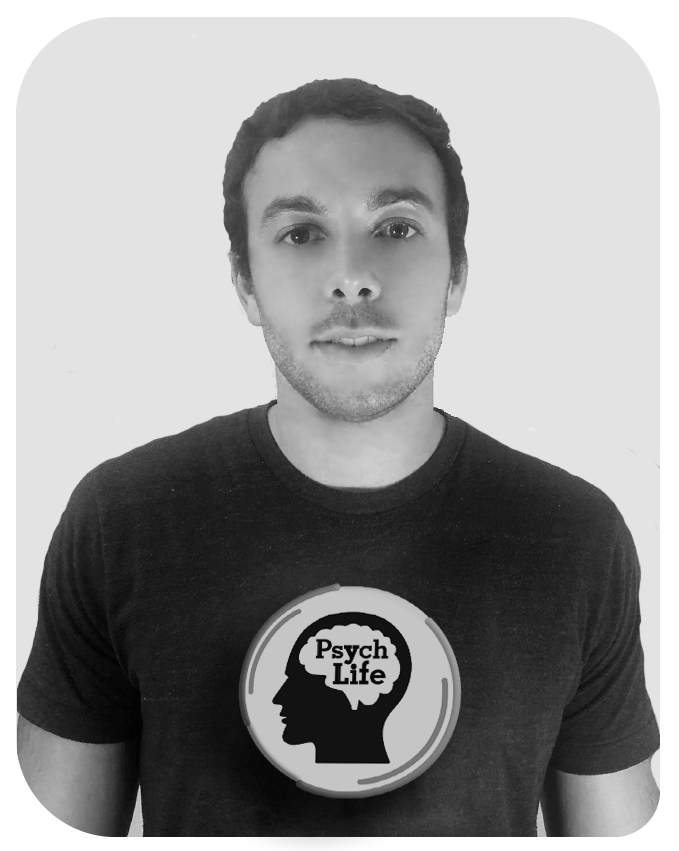
- March 15, 2020
- 7:28 pm
The Clinical Issue
Autism Spectrum Disorder (ASD) is a “Neurodevelopmental Disorder typically characterized by abnormalities in social communication and unusual behaviors and interests”. Humans are social creatures, and at very early age infants already begin building relationships but those who are diagnosed with autism tend to lack the social skills inherently necessary for a healthy development. Those diagnosed with Autism tend to seem next to incapable of forming healthy relationships and communicating with others, not to mention the maladaptive behaviors and developmental delays that go along with the disorder. According to the DSM V; the core features of ASD are represented by two symptom domains “
- Social Communication and Social Interaction and
- Restricted, repetitive patterns of behavior, interests or activities
- highly restricted, fixated interests that are abnormal in intensity or focus and
- hyperactivity or hyperreactivity to sensory input or unusual interest in sensory aspects of the environment”.
Signs of autism can include: trouble interacting, playing with, or relating to others, having little or brief eye contact with others, not pointing to objects to call attention to them, unusual or repetitive movements, such as hand flapping, spinning, or tapping, delays in developmental milestones or loss of milestones already achieved, playing with a toy in a way that seems odd or repetitive, not using or understanding language as a child that age typically would, not exploring surroundings with curiosity or interest.
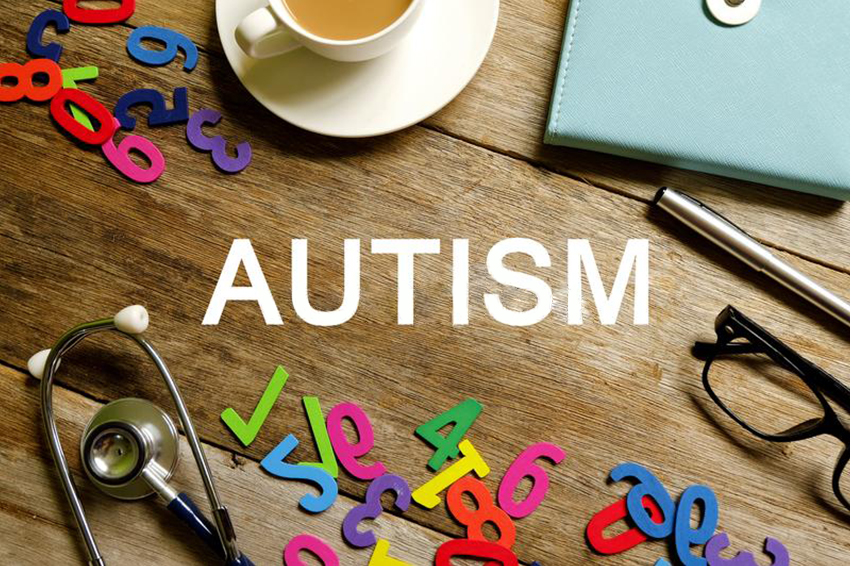
Autism Spectrum Disorder is viewed in a Spectrum paradigm because no two cases are ever the same. Individuals diagnosed with Autism differ widely in their core symptoms, and degree to which their maladaptive behavior(s) are present. On March 27, 2014, the center for Disease Control and Prevention released new data in association the Autism; 1 in 68 children are diagnosed with Autism, and less than half of the children (43%) diagnosed with Autism had received comprehensive developmental evaluations by age 3 despite the fact that the vast majority (87%) had developmental delays/concerns noted in their educational and medical records before the age of 3.
Etiological Theories for the Disorder
The exact cause of Autism is still undetermined, but like all disorders it is a combination of genetic and environmental factors. Research tells us that autism tends to run in families (even if the parent does not have autism. Research also shows that external influences can increase or decrease the risk of autism. Increased risks include advancement in parents age, pregnancy and birth complications (premature birth, multiple pregnancy etc.), pregnancy spaced, lack of prenatal vitamins, and exposure to environmental toxins (pesticides, and metals). All these factors have the ability to affect crucial aspects of brain development that can cause a individual to meet the criteria for Autism.
It should be noted that many cases express how a child is meeting all the typical developmental criteria for their respected age but then all of a sudden the child begins falling behind developmentally without any reason. In the past, anecdotal events attributed the MMR vaccine as the cause of ASD, but this has been scientifically tested for years and until this day there is no scientific evidence to suggest a link of MMR and ASD.
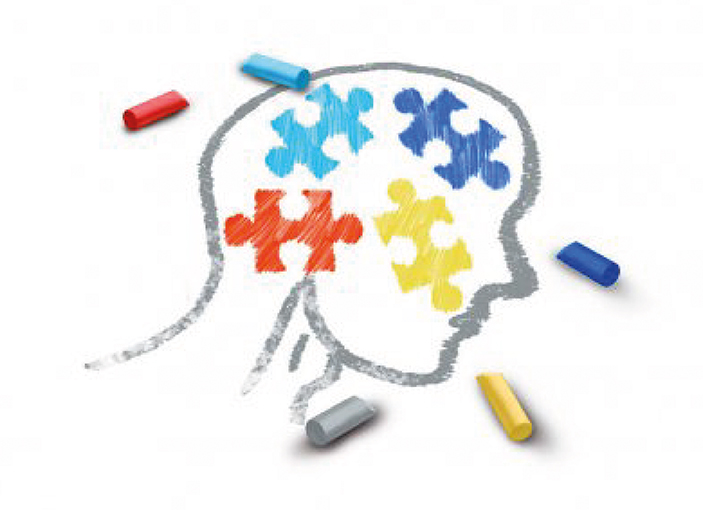
3 prominent, evidence-based interventions
Applied Behavioral Analysis (ABA) is the most popular form or treatment for those diagnosed with autism. It applies a Behavioral approach to treatment in which consequences (mostly positive reinforcement) is used to achieve developmental milestones (talking, understanding social cues, etc.) as well and extinct maladaptive behaviors such as flapping, eye lash picking, and much more. Most of the time, ABA is intended to “extinguish” undesirable behaviors and teach desired behaviors and skills.
While ABA can be used in a “natural” setting (a playground, for example), it was not intended to build social or emotional skills. For example, while ABA might teach a child to say “hello” upon meeting someone or raise their hand in a classroom when wanting to speak, it won’t help that child to feel an emotional connection with another person. It takes an extraordinary therapist to use ABA for teaching academic content, imaginative or symbolic thinking, or empathy; as a result, those skills are usually taught in other ways.
Family Therapy is also used when the diagnosis of Autism is involved within a persons family. Autism doesn’t only affect the child diagnosed, but the whole family involved. I can honestly speak from experience when I mention how our whole family dynamics and roles changed when my brother was diagnosed with autism. The whole family was emotionally fractured because no one ever expects for a loved one to be affected by neurodevelopmental disorder.
My family had to go through a few Family Therapy sessions just to help us adjust with our reality and life changes.
Psycho-Educational groups are also a form of intervention
More to explorer

The Mind & Brain Relationship
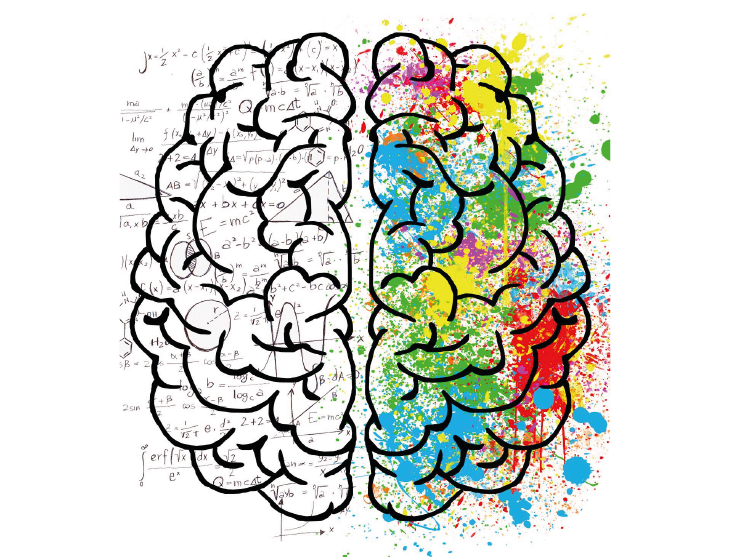
The Adolescent Brain

Personal theory of Human nature

Individual Development

